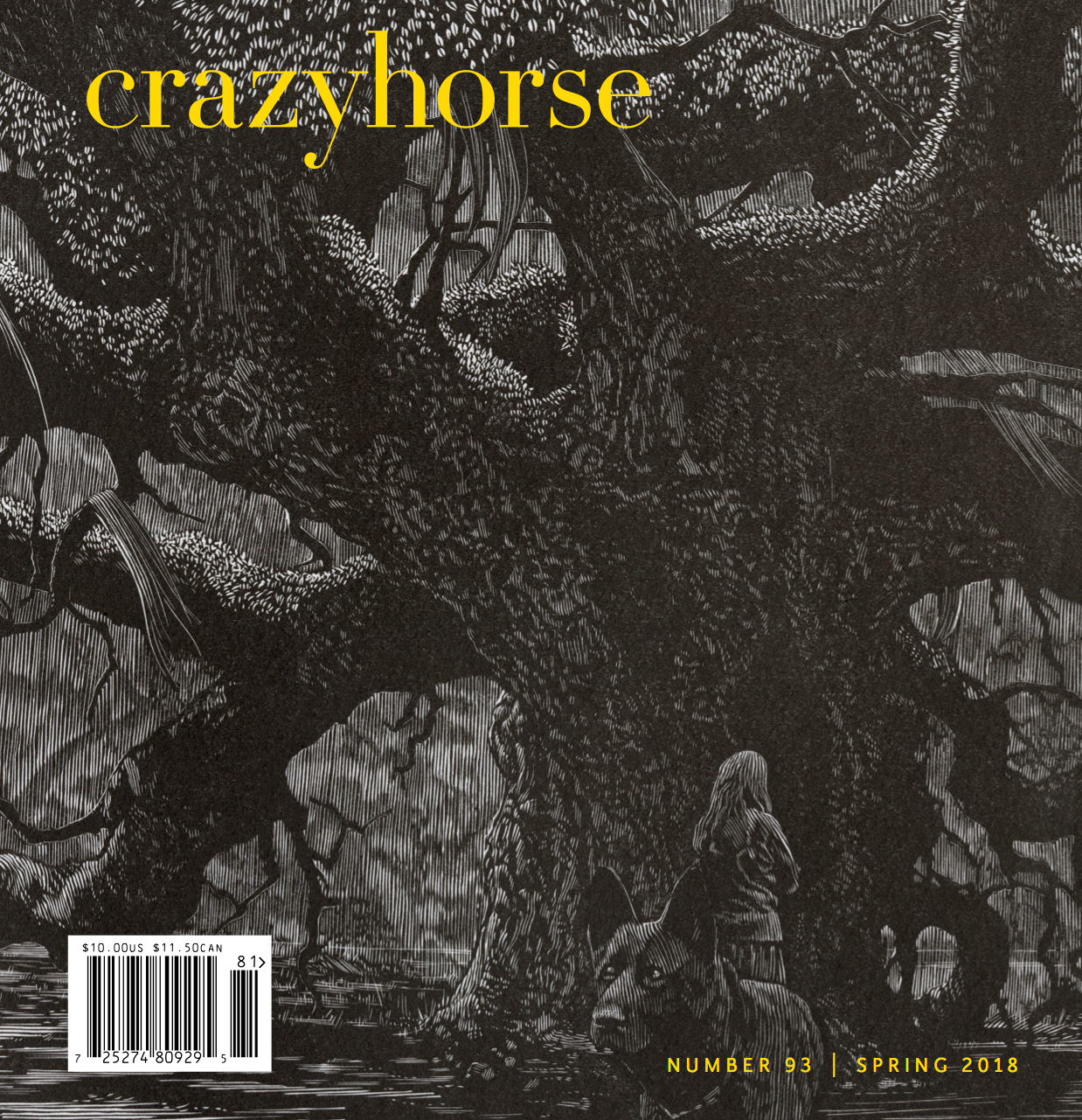
Suzanne Jamir’s story “In the Middle of Many Mountains” was first published in Meridian and is the title story of a new collection, now out from Press 53, that has been called “a magic that is real.”
Stories are not true to life. Memoir writers quickly understand that they’re recreating moments from half-blind memory. They leave out as much as they put in. But even stories that make no claim for historical truth, that simply attempt to portray a life as it might be lived, tell a kind of lie. They offer a coherent storyline, a definite beginning and end, and a consistent narrative voice when life offers no such thing. As the writer Nahal Suzanne Jamir will say in Thursday’s interview, “We can’t expect the main character to have an inner conflict and insist that the form or approach of every story be neat or rigid.”
The problem is that readers want coherence. The magic of stories is that they offer a clarity that is rarely present in life. Jamir’s story “In the Middle of Many Mountains,” finds a way to face this paradox. The story shares a title with Jamir’s new collection out from Press 53. An excerpt is available online at Meridian.
Or you can download their entire story here: “In the Middle of Many Mountains”
How the Story Works
The narrator is trying to understand how she has come to this present situation: her is dying, her father is living with another woman, and her sister is wasting away from an eating disorder. A once-tight family has unraveled for reasons that are not and may never be clear. As a result, the story is structured as a collection of fragments. Any other structure would force coherence upon the naturally incoherent.
And yet a story needs coherence in order to be read. Jamir manages this paradox with a simple strategy: Even though the narrative is fractured, the stakes are clear. Nowhere are they laid out more clearly than on page 5, when the sister, Marjan, says, “I need you to help me…but you’re not going to like it. You won’t want to hear.”
Though the form is fragmented, the characters retain a certain amount of wholeness. It’s possible to say what they want and do not want. These desires drive the plot. The narrator will be forced to do what seems impossible: to hear what she doesn’t want to hear and see what she does not want to see. Thus, the story uses the strategy used by all great stories. It pushes a character until the only option available is the one she never thought she’d choose.
The Writing Exercise
No matter how your story is structured—using some traditional plot or a shape invented on the spot—it’s important to make the stakes clear. It’s even more important when the story asks its readers to learn a new kind of storytelling.
So, let’s set the stakes. We’ll come at the problem from a couple of angles:
- Brainstorm the following: What do your main characters want more than anything? What do they avoid at all costs? What is the guiding principle of their lives? In your story, the characters’ desires will likely be tested. How badly do they want X? Will they be willing to do what they normally avoid? Will they even sacrifice their principles? It might help if you finish this sentence: X wants to…, and so he/she will be forced to…
- Make the impossible possible. List the things in your story that seem permanent: relationships, geography, jobs, situations, existences, lives, etc. Now pick one or two and describe what it would take to make them impermanent; in other words, what force would be required to break an unbreakable thing? You can also flip this around and ask what force would be required to make permanent something that is either impermanent or not currently in existence.
Once you’re able to clearly answer any of these questions, you may find that your story comes into focus, both in shape and about-ness.
Good luck.




